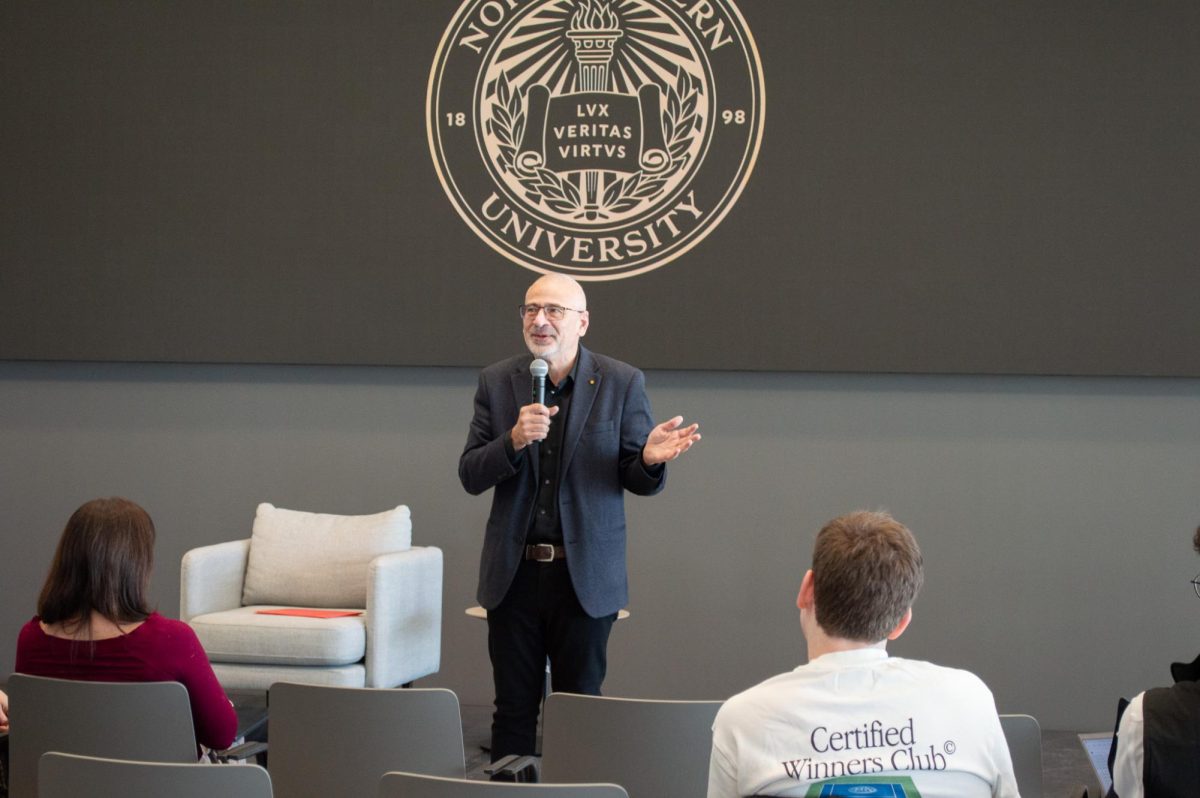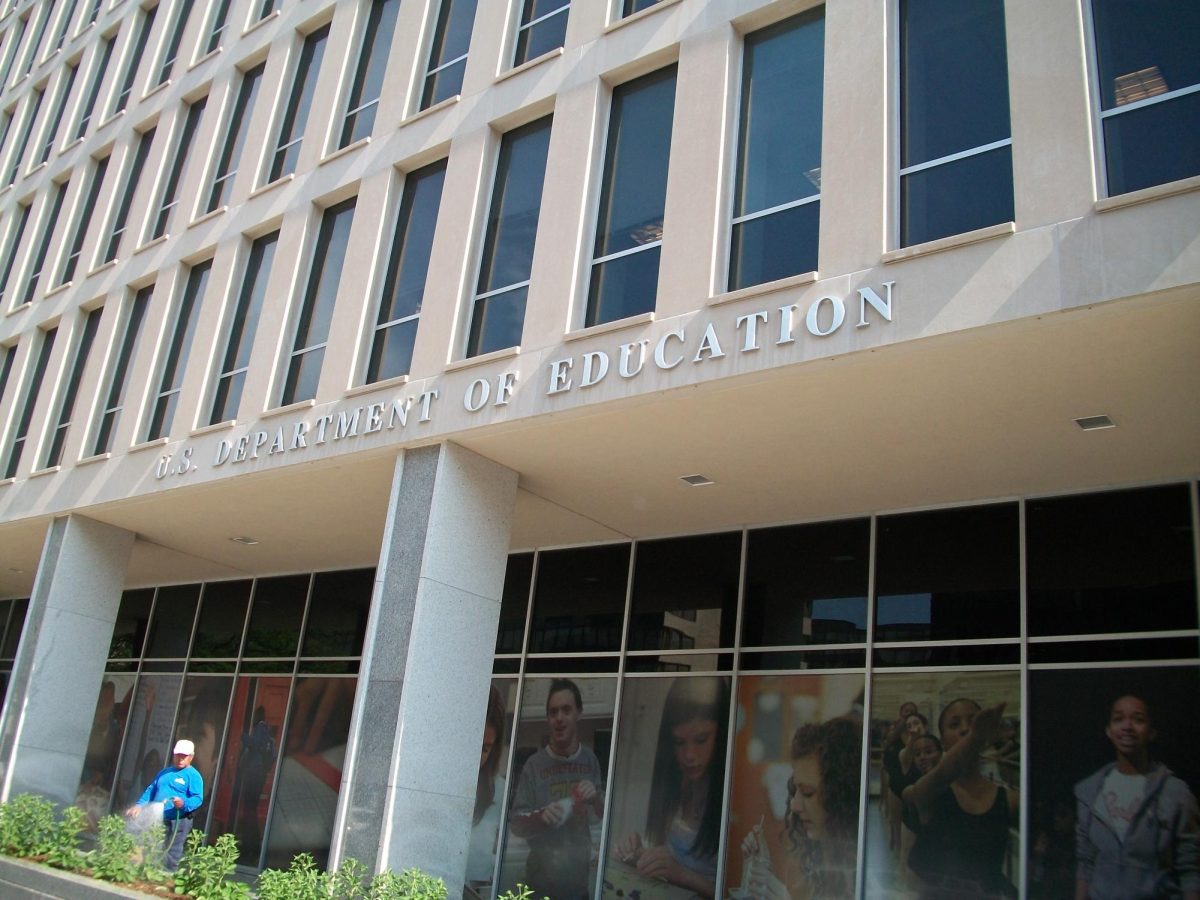The blame game has ended, and the ball is now in Northeastern’s court.
On March 10 the Boston Police Department announced a press conference would be held and a detailed review of the 2004 post-Super Bowl events would be released. Meanwhile, on the campus that became synonymous with the Super Bowl riots, now dubbed the “riot school,” everyone waited.
The results were amazing and the report was brutally honest and sincere. The BPD did not point the finger at Northeastern, its students or anyone else for that matter. Instead, it admitted its own fault.
The leadership of Police Commissioner Kathleen M. O’Toole, as well as the rest of the department, must be commended. When O’Toole first stepped foot in office, she said she would examine what went wrong and she would try her best to understand what happened.
And she did.
In the report, Superintendent Thomas A. Dowd details again and again the lack of planning, numbers and communication between officers on all levels. According to the report, “The belief and opinion was that there would not be a lot of activity on Super Bowl night … The football crowd was perceived as a different type of crowd than the Red Sox crowds seen during the fall and it was believed that the Super Bowl would not generate the level of activity seen just a few months prior.”
Recommendations made within the report call for “state, local and university policy agency resources to work together before and during events to better coordinate a response.”
Prior to the Super Bowl, our university prepared. Our university did expect “a lot of activity” and Northeastern did not distinguish the crowds by sport affiliation.
Northeastern planned.
Could anyone have prevented the crowds from spilling out to the streets? Probably not. Could anyone have prevented an intoxicated driver from getting behind the wheel and accelerating through a crowd of revelers? We will never know.
And now that the dust has settled and a strong leader has stepped up and claimed responsibility for the events of Feb. 1, Northeastern is still the “riot school,” residents are still angry and the university is still trying to operate its image management machine.
All the parties involved have put their fingers away and have promised to move forward — next stop the Democratic National Convention. For many city leaders Northeastern became an easy scapegoat. Those days seem, for the most part, to be over.
The task at hand is now for Northeastern to pick up the ball of momentum and run with it, after all, “the whole world is watching us.”









